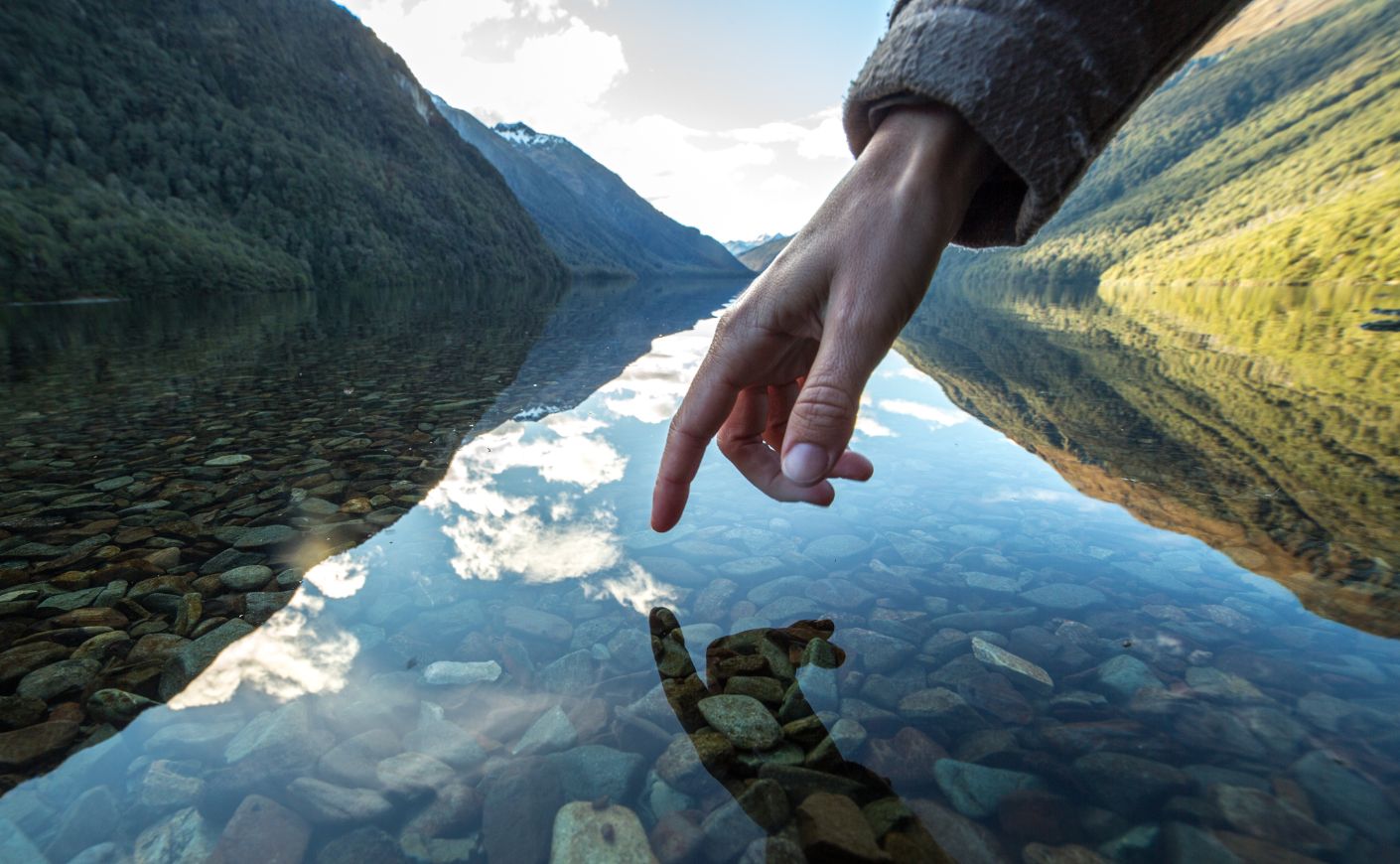In an age of billionaire space races and trillion-dollar tech valuations, it’s unconscionable that more people have a cell phone than a toilet.
And yet, here we are.
Right now, 2.2 billion people live without access to safe water, and 3.5 billion are without basic sanitation. One thousand children under the age of five die every day due to unsafe water, hygiene, and sanitation conditions. And due to recent sweeping cuts in U.S. foreign aid — approximately $8 billion — countless water projects around the world have been halted midstream, including life-saving efforts in the Democratic Republic of Congo, where families have been forced to draw water from contaminated sources, leading to more than 35,000 suspected cholera cases.
This isn’t just a policy failure. It’s a moral one.
These funding cuts are expected to put nearly 15 million mothers and children at risk of severe malnutrition, dehydration, and disease. In Goma, Congo, aid organizations were forced to shut off clean water access almost overnight. Elsewhere, families are drinking from the same rivers where they wash clothes and bathe livestock.
How did we get here — and more importantly, how do we fix it?
We need to stop treating water and sanitation as charity cases and start recognizing them as high-priority investment opportunities for blended capital. That means mobilizing philanthropy and investment financing, alongside local government funding. This is a $1 trillion opportunity. As global demand for water skyrockets — driven in part by the resource-intensive needs of AI and other technologies — we’re on track to exceed available supply by 40 percent by 2030. In this context, incremental action is no longer an option.
As someone who’s spent two decades working across philanthropy, innovative finance, and global development — including launching WaterEquity alongside Gary White, Matt Damon, and a global leadership team — I’ve seen firsthand how catalytic and blended capital can turn on the tap for good.
Take Chim Chany, a mother I met in Cambodia. She was earning between $2 and $8 a day and paying $26 a month for a broken water pipe contaminated with arsenic. A small microloan — made possible through Water.org’s microfinance partners — helped her install a safe water connection. Her family got healthy. She got her time back. She built a business. She repaid the loan in a year. Her monthly water bill dropped to $7. This is what happens when we invest in women and unlock capital for demand-driven solutions.
In fact, 90 percent of microfinance clients using small loans to access water and sanitation solutions are women. And they repay at rates that put Wall Street to shame.
There is no shortage of viable solutions. What we lack is the will to scale them.
That’s where blended finance comes in. In 2024, more than $18 billion in blended finance transactions were deployed across 123 deals — many of which combined philanthropic, public, and private capital to take promising infrastructure and tech solutions to scale.
Imagine this: a $1 billion water investment vehicle, backed by a $50 million philanthropic first-loss guarantee from major foundations. It could channel zero-interest loans, recoverable grants, and other forms of concessionary capital into regions where commercial capital can’t yet go — and help de-risk and attract investors where it can. These types of models are already being tested and proven by organizations like WaterEquity, Danone Communities, Water Unite Impact, and Finca. We just need to
multiply them.
The venture capital world has normalized taking bold risks to test, fail, learn, and innovate. Why are we so hesitant to do the same when it comes to something as essential as water — or as powerful as women? According to the Female Founders Fund, women entrepreneurs generate two times the revenue per dollar raised compared to men — and burn 15 percent less capital. But they remain woefully underfunded.
We’re not short on capital. We’re short on courage and creativity.
Now more than ever, we need to use every tool in our financial toolbox — philanthropy, innovative finance, concessionary capital — to protect and scale what’s working. From innovators like Saha Global reaching last-mile communities with safe water to donor-advised fund platforms like ImpactAssets, bold and new financial models are already unlocking capital for the communities that need it most.
Innovation doesn’t happen in conference rooms. It happens in the margins — in the homes of women like Chim Chany who are ready to rise, if only we give them a fair shot.
Let’s stop asking if we can afford to invest in water and women.
The real question is: Can we afford not to?
Alix Lebec brings 20+ years of experience in entrepreneurship, innovative finance, and philanthropy. She was a founding member of WaterEquity, a global impact investing manager investing in women and water co-founded by Gary White and Matt Damon, and she's the founder and CEO of LEBEC, an innovative finance strategy firm that helps clients harness the power of philanthropy and global capital markets to drive impact and seize emerging opportunities. Alix is a Worthy100 Awardee (Worth Magazine and L’Oreal Group), a limited partner at Polymanth Ventures, global judge for Reckitt’s social entrepreneur accelerator (a Fortune 500 company), and a member of 100 Women in Finance.









